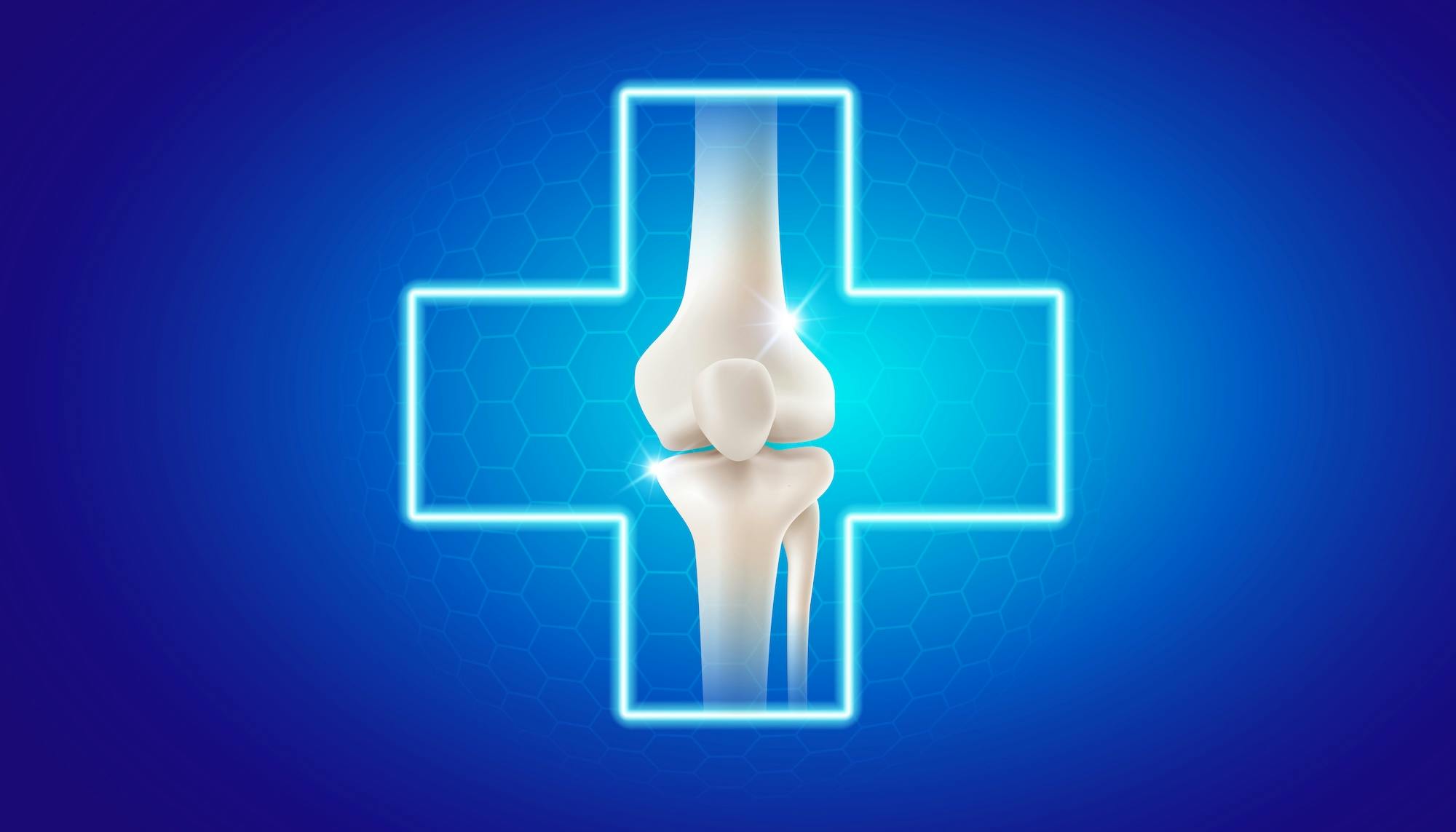- Blog
FAQs for Lisfranc Injury
Posted on 04-16-2025 in Ankle Pain & Lisfranc Injury by Dr. Erik Nilssen

Posted on 04-16-2025 in Ankle Pain & Lisfranc Injury by Dr. Erik Nilssen
What is a Lisfranc Injury?
A Lisfranc injury can occur in the form of a sprain, fracture, or dislocation.
Where does a Lisfranc Injury hurt?
A Lisfranc injury can occasionally be mistaken for an ankle sprain, therefore a proper diagnosis is important. Your Pensacola foot and ankle surgeon will ask you a series of questions about your injury and will give you an examination of your foot in order to determine how severe your injury is and come up with a diagnosis.
He may take x-rays or some other type of imaging study to get a full evaluation of the severity of your injury. Additional examinations might be needed while you are under anesthesia to evaluate a weakening of your joint and surrounding bones or fracture.
What Causes a Lisfranc Injury?
One of the most common causes of Lisfranc injury is a car accident. You can get this injury for other reasons such as:
The direct or indirect force to your foot is what leads to this injury. If you drop a heavy object on your foot this is known as a direct force. Twisting your foot is an example of indirect force.
What is a Lisfranc Sprain?
On the bottom of your midfoot, you have the Lisfranc and other ligaments that are stronger than the ones found on the top of your midfoot. When you get a sprain or your ligament stretches and they become weakened, it can result in your mid-foot joint becoming unstable.
What is a Lisfranc Fracture?
This is when a bone is broken in your Lisfranc joint and can be either a break through the bones of your midfoot or you pull off a small piece of bone (avulsion fracture).
What is a Lisfranc Dislocation?
A dislocation is when your Lisfranc joint bones are forced from their regular positions.
How to heal a Lisfranc Injury?
NON-SURGICAL TREATMENT
If you are experiencing symptoms of this injury, it’s important you set up an appointment with your Pensacola orthopedic specialist immediately. If you can’t, elevate and keep off your injured foot. You should also apply an ice pack to the injured area every 20 minutes, which will help keep your pain and swelling down.
Other types of nonsurgical treatments for a Lisfranc injury might include:
SURGICAL TREATMENT
In some cases, particularly when there is significant displacement of the midfoot joints with instability, you might require surgery for your Lisfranc injury, which may include internal fixation or fusion, followed by rehabilitation. Your orthopedic surgeon will work with you to decide which type of surgery will best suit your individual case. Emergency surgery might be needed for more extreme injuries.
To learn more about Lisfranc Injuries, visit our conditions page here.

March is National Nutrition Month®, and as part of the conversation, the North Florida Bone & Joint team wants to emphasize the impact diet can have on your bone health. Before diving in, it's essential to understand the role the skeleton plays in your body. Specifically, the skeleton—and the bones its comprised of—serve the following functions:

At North Florida Bone & Joint Specialists, we’re committed to delivering convenient, expert care throughout the Gulf Coast. As part of that commitment, we’re excited to announce the expansion of our clinical office footprint. In March, we opened two new locations in Milton and Navarre, FL, further enhancing our ability to serve patients across Northwest Florida.

Valentine’s Day is all about love—so why not show your joints some love, too? Whether you’re an athlete, an active adult, or simply looking to maintain mobility as you age, taking care of your joints is essential for long-term health and well-being. At North Florida Bone & Joint Specialists, we believe that self-care isn’t just about relaxation—it’s about making intentional choices to keep your body strong, pain-free, and resilient. Here are four self-care tips to keep your joints healthy and moving with ease: